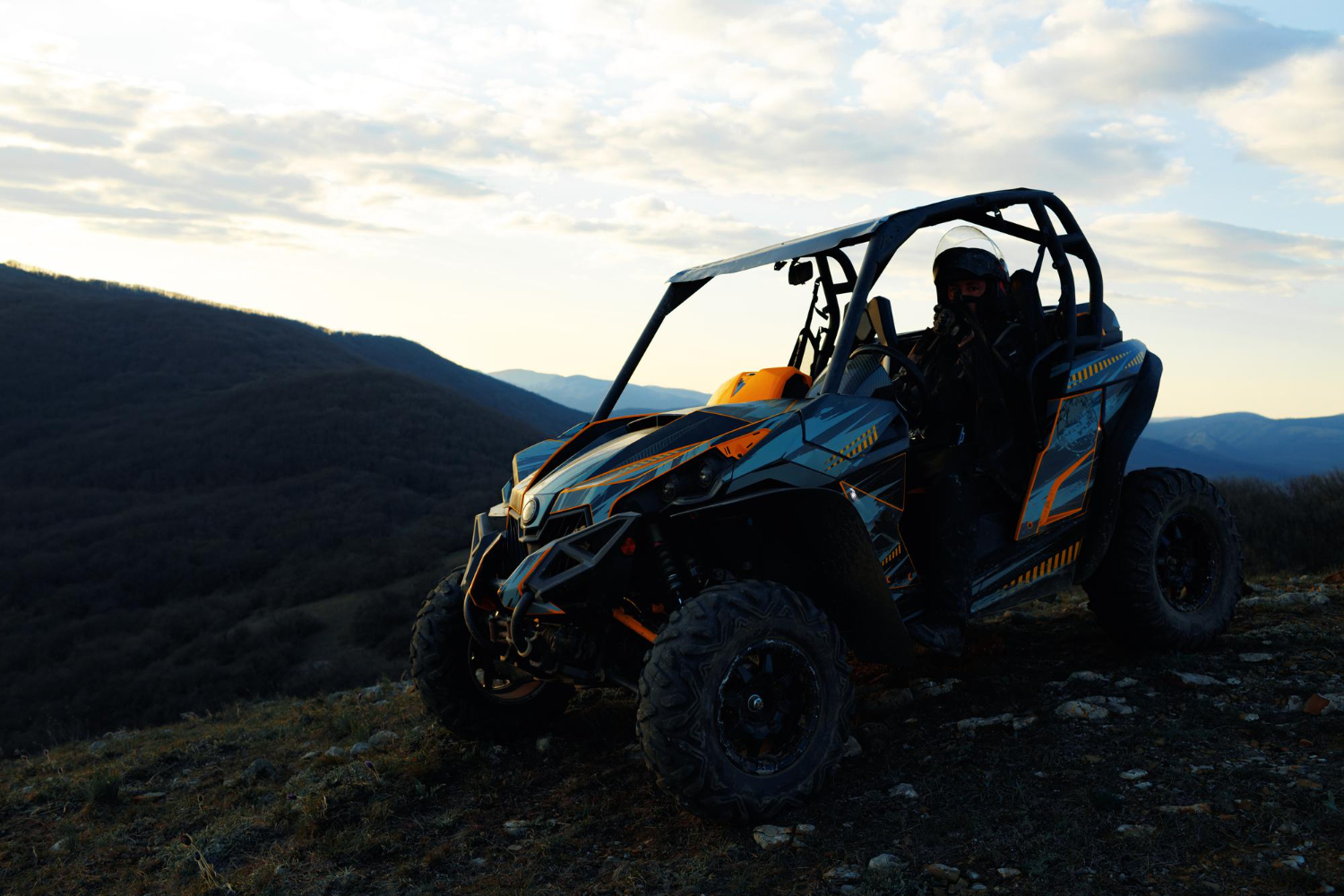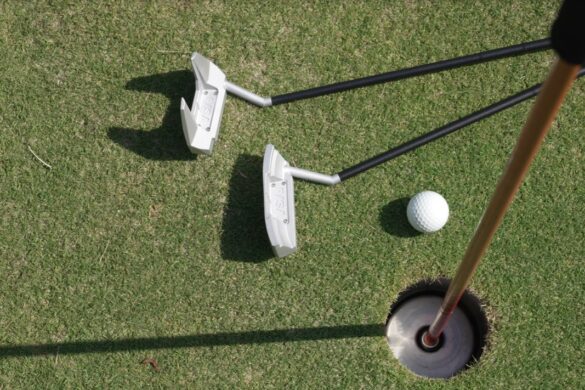
When we think of the exhilarating world of powersports, we often picture riders tearing through rugged trails, conquering waves, or gliding across snowy landscapes. Yet, behind these thrilling adventures lies an unsung hero – the powersports extended service warranty. This article explores the often-overlooked but invaluable world of a powersports extended service warranty, shedding light on their significance, and the protection they offer to powersports enthusiasts.
The Unsung Hero of Powersports
Powersports extended service warranties are the unsung heroes of the powersports world, quietly providing riders with peace of mind and financial security. These specialized protection plans go beyond the manufacturer’s original warranty, offering an extended safety net for riders and their beloved powersports vehicles. Here are some compelling aspects of these warranties that make them essential:
- Coverage Beyond Limits: The primary objective of powersports extended service warranties is to extend coverage well beyond the constraints of the manufacturer’s warranty. This means that riders can push their vehicles to the limit without fearing unexpected repair costs.
- Financial Resilience: The cost of powersports repairs can be a heavy burden, particularly when specialized parts and labor are involved. Extended service warranties act as a financial safety net, sparing riders from unexpected expenses and potentially saving them significant sums of money.
- Freedom to Roam: With an extended service warranty in hand, riders can venture into the unknown, exploring trails, waterways, and terrains with the freedom to focus on their adventures, rather than worrying about potential repair bills.
- Tailored Protection: Many providers offer customizable plans, allowing riders to tailor their coverage to suit their unique needs and budgets. This flexibility ensures that riders get precisely what they need to safeguard their vehicles.
- Preserving Resale Value: Some extended service warranties are transferable, which can significantly enhance the resale value of a powersports vehicle. A vehicle with a transferable warranty often attracts more buyers and commands a higher price.
- On-the-Go Assistance: Several extended service warranty plans include roadside assistance, ensuring that riders are never stranded in the middle of their journeys. This invaluable service provides peace of mind and ensures that riders are never alone when they need help the most.
- Expert Guidance: Extended service warranty providers often collaborate with experienced technicians who specialize in powersports vehicles. These experts offer guidance and assistance, ensuring that riders receive top-notch support for repairs and maintenance.
Choosing the Right Powersports Extended Service Warranty
Selecting the right powersports extended service warranty is crucial and involves considering several factors:
- Coverage Suitability: Evaluate the coverage options available and choose a plan that aligns with your specific powersports vehicle and its intended use.
- Provider Reputation: Research the reputation and customer reviews of the warranty provider. Opt for a company with a history of excellent service and satisfied customers.
- Cost-Effective Protection: Compare the cost of the extended service warranty to potential out-of-pocket repair expenses. Ensure that the warranty offers a worthwhile return on investment.
- Seamless Claims Process: Familiarize yourself with the claims process and its efficiency. A straightforward claims process can make a significant difference in your overall experience.
- Additional Benefits: Consider any additional benefits offered, such as coverage for accessories, trip interruption protection, or tire coverage. These supplementary features can enhance the overall value of the warranty.
In the exhilarating world of powersports, the spotlight often shines on the riders and their daring adventures. Yet, beneath the surface, powersports extended service warranties quietly stand as the unsung heroes, offering protection, financial security, and peace of mind. With customizable plans, cost-effective coverage, and the promise that repairs will be handled, extended service warranties enable riders to chase their adrenaline-fueled dreams without hesitation. These warranties are the trusted guardians that ensure each journey is filled with excitement and worry-free riding, allowing powersports enthusiasts to focus on what they love most – the thrill of the ride.



